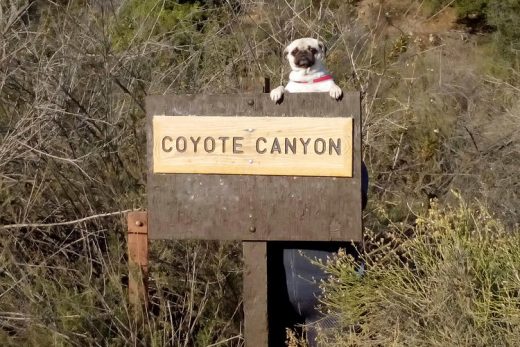Inside The Weird And Wonderful World Of Instagram Pet Influencers
When Loni Edwards graduated from Harvard Law School, she never imagined her career would involve running a talent agency for Internet-famous pets. But shortly after moving from Los Angeles to New York, Chloe—a photogenic French mini-bulldog—changed her life.
After setting up an Instagram account for Chloe, something surprising happened. Advertisers contacted Edwards asking to use Chloe in their campaigns. “The first time they reached out I was surprised and excited; Chloe is my baby,” Edwards says. After the campaigns snowballed, she found herself immersed in a thicket of contracts for all sorts of Instagram- and other social-media-based paid pet projects.
That’s when Edwards did what’s perhaps the natural thing for a Harvard Law graduate with a celebrity dog. She founded a talent agency for pets.
The Dog Agency is a New York-based management agency “focusing exclusively on dog influencers.” And it’s not the only one: Edwards is just one player in a crowded advertising space that connects adorable animals (and the humans who care for them) with everyone from small fashion boutiques to multinational corporations.
Animalistic Content
For Instagram, pets are big business—both in terms of generating content and building compelling advertisements for users.
Fur Card, a site that tracks what they call “the social paw-prints of today’s most influential animals,” says the three most-followed pets on Instagram, Nala (a mixed siamese and tabby cat), Marutaro (a Shiba Inu dog), and Tuna (a chihuahua-dachshund mix) have at least 1.2 million followers each—and in Nala’s case, more than 1.8 million.
I live in Los Angeles, perhaps the U.S.’s most pet-obsessed city, and I have a 3-year-old pug named Penny at home who I’d like to turn into an Internet superstar. Does Penny have what it takes to make the Instagram A-list?
Instagram’s animals—whose guardians give them detailed online personas with humorous captions, personality traits, and more—are at the center of a growing corner of the advertising world that works through two systems.
The first leverages the animals’ own Instagram (and increasingly, Snapchat) accounts. Through middleperson “influencer agencies,” pet parents are able to broker deals with brands to have their products conspicuously shown in Instagram photos. The agency takes a commission, and the animal goes on to parlay their social media stardom into monetization.
Meanwhile, other companies simply use the celebrity pets of Instagram in their own advertisements. Boo, a Pomeranian with 17.5 million Facebook fans, signed an agreement to become Virgin America’s “pet liaison” several years ago.
Chloe Kardoggian (whose name, in fact, is trademarked) has over 90,000 Instagram followers. In a phone conversation, Chloe’s human companion, Jersey City-based graphic designer Dorie Herman, says she was initiated into the world of pet endorsements when she was unexpectedly offered free products with the request that they show up in Instagram posts with Chloe.
Thanks to Herman’s savvy and their representation, Chloe now regularly appears in product endorsement posts. In recent months, Herman partnered with Chlorox Triple Action Dust Wipes, Swiffer, and Beggin’ Littles, among others. Like her human counterparts, Chloe Kardoggian also works with different representation. She previously worked with New York-based Socialfly with brands like PetSmart and Natural Balance, but is now represented by Edwards at The Dog Agency.
And why would a brand want a dog endorsing their product, anyway? According to Edwards, pets are safer bets when companies want Instagram endorsements from celebrities with large followings. “Human influencers might say something off-brand or that offends the brand, but dogs are on message at all times,” Edwards told Fast Company. “People like pet content, and there’s higher ability of going viral. You have all the abilities of influencer marketing, plus factors that you don’t have for humans.”
Vertically Integrated Dog Marketing
In a previous life, Matt Meeker was the founder of Meetup.com. Then, a few years ago, Meeker turned his 130-pound Great Dane, Hugo, into a business empire called Bark & Co. Best known for their BarkBox subscription packs (yes, the BirchBox pun is very intentional), Bark & Co. is at the center of a multimillion-dollar, vertically integrated pet empire. Meeker’s pet empire includes influencer campaigns and turning adorable furry Instagram personalities into valuable product endorsers, among a lot of other things.
While Bark & Co.’s flagship business is BarkBox (a prime contributor to a recent $60 million funding round), the company also encompasses a dazzling array of secondary initiatives.
These initiatives include BarkShop, a mail-order pet gear business; BarkLive, which puts on live events for BarkBox’s customer base, and BarkPost, an in-house branded content site and influencer project that leverages more than 10 million unique monthly viewers to work on campaigns for clients like Subaru and American Express.
BarkPost finds many of the pets and pet parents it partners with by leveraging Instagram data through an internal influencer program called (you guessed it) BarkPack. Meeker told me that for the company’s sales and partnership team, “We have 10 million monthly unique visitors. Oftentimes [clients] want to do some sort of BarkBox integration, because they know our audience is tied to us. What we’re really trying to do is to take a specific approach. For Subaru, it isn’t how many banner ads we can sell you, but it’s how we build a car for this audience together, and how we do an accessory package—it’s not just how much display ads you have.”
In Subaru’s case, Bark & Co helped the automaker with a project called the Subaru Pet Hall of Fame that featured photogenic dogs, many of which are posed in front of Subarus. Other Bark & Co. initiatives include a video series called “Dog’s Best Day,” where a lucky pet is treated to their best day ever. In the video below, for instance, Bretagne, the last known living 9/11 rescue dog who sadly died earlier this month, was treated to a 16th birthday that included a reunion with her old friends at Texas Task Force 1 and an opulent dog-friendly room at 1 Hotels.
Furry Little Influencers
Stephanie Abrams Cartin of SocialFly told me her firm is contacted regularly by dog parents looking to turn their animals into social media superstars. The agency also has an influencer list of animals the company contacts. “We work with the brands, and when it makes sense to work with dog influencers in our database, we reach out to them,” Cartin says.
In Herman’s case, revenue from her pet’s Internet celebrity status helps pay the bills but isn’t a massive revenue generator. “Chloe is self-sustaining for vet visits and that sort of thing,” she says. Nonetheless, Chloe Kardoggian is successful enough as a social media influencer for Herman to obtain an LLC, a credit card, and a tax identification for her pet.
Meanwhile, I keep going back to Edwards’ line of argument that pets, in many respects, are better influencers than humans. I know that Penny won’t say anything off-message about the presidential election or Beyonce’s marriage. I can be reasonably sure my dog won’t make a YouTube video full of four-letter words. Most importantly, pets can endorse products for a lot less money than actual human beings.
As for Penny, I tried to pose her for an artfully composed squeaky toy shot. Instead, she was captivated by the smell of food wafting from my kitchen and quickly ran away. In the end, animal influencers can be just as fickle as their human Instagram counterparts.
Fast Company , Read Full Story
Chloe the mini french bulldog

Penny, the author’s pug
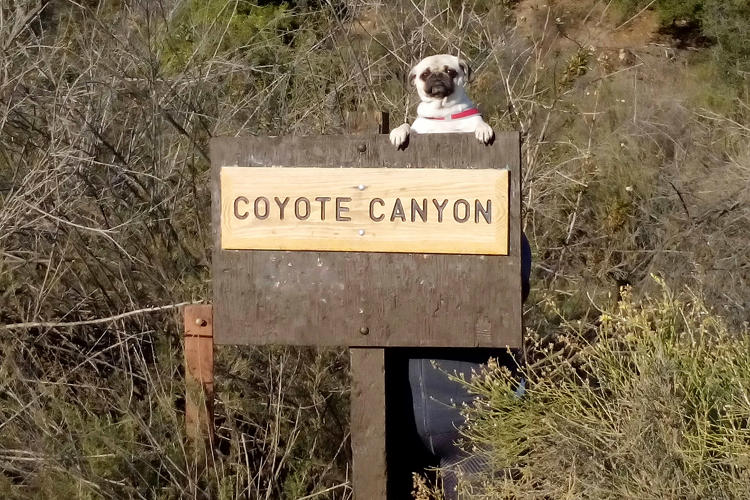
Marutaro
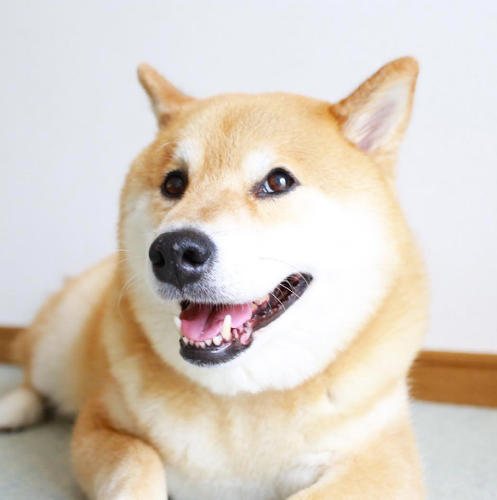
Tuna

Boo
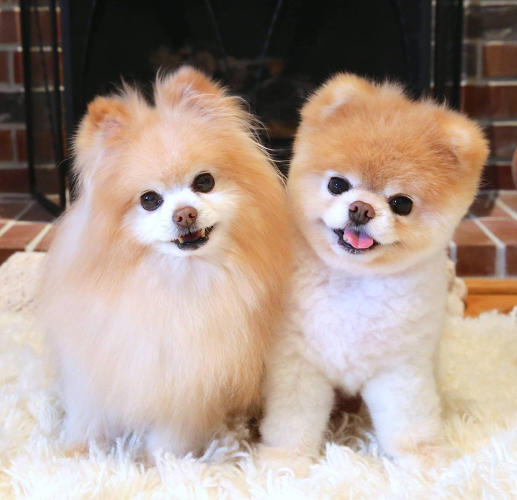
Chloe Kardoggian
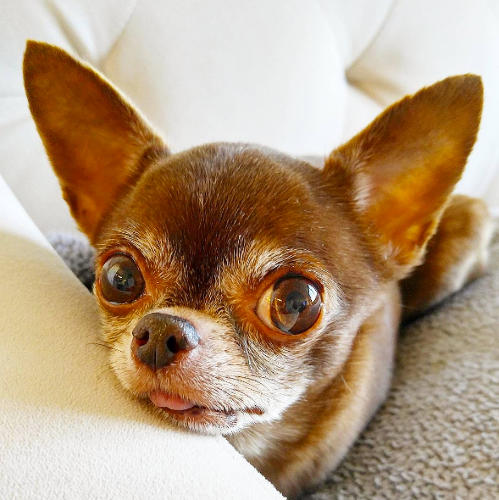
(17)

